
The Best Ring of Kerry Tour
Cassandra Hannahs
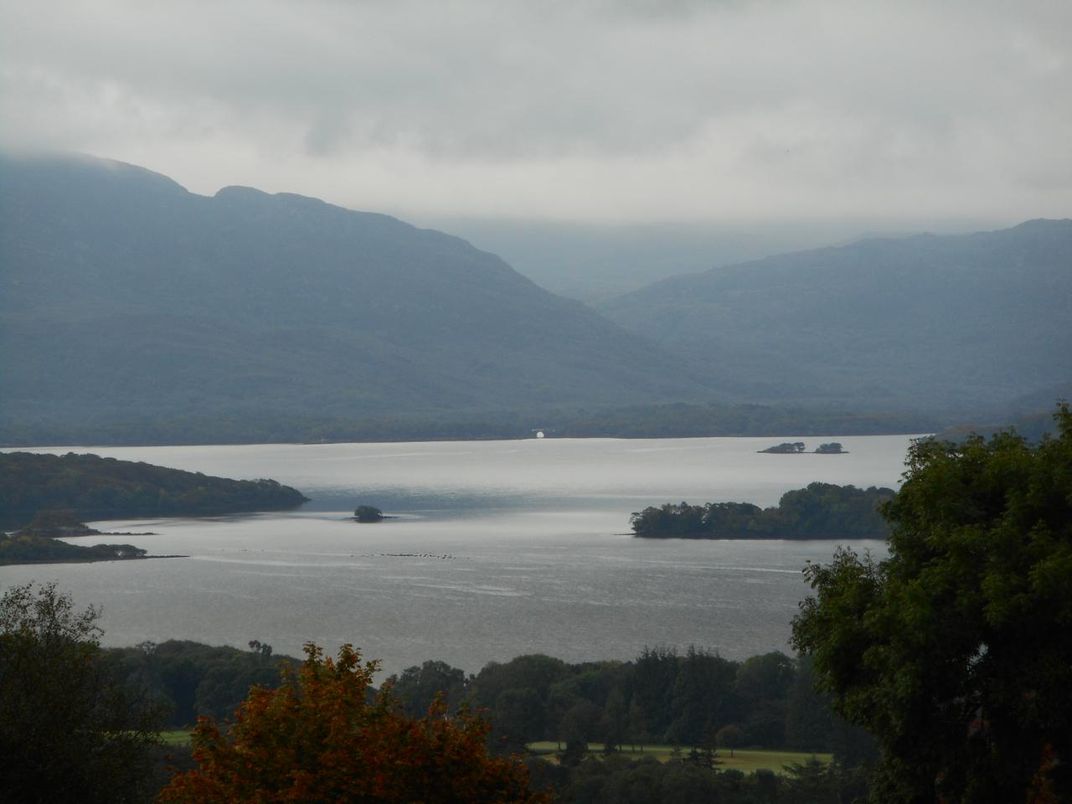
Yesterday, we crossed under Bricín Bridge as our boats left Lough Leane in Killarney National Park. Its name means “Bridge of the Little Trout,” and it made a lovely frame for Ollie’s photo, as old bridges often do. Today, our first stop on the Ring of Kerry is at Aghadoe Heights, looking back towards where we were yesterday. From this distance, set within a broad, beautiful canvas, the “Bridge of the Little Trout” has become a tiny semicircle across the lakes. Everyone sees it before me. Gerry points and says, “It looks like a pin prick there.” I finally realize it’s right in the center.
This sense of perspectives changing and opening up stays with me all day. We pause to absorb glorious vistas: over the Valentia River, out across Ballinskelligs Bay, at the top of Coomakista Pass, and of course at Ladies’ View, its name reflecting the admiration of Queen Victoria’s ladies-in-waiting during one of her rare visits to Ireland.
These views were carved by glaciers, reinforcing the vastness of the timescale here. We discuss smaller bits of evidence that prove this too: such as tiny fossilized footprints on Valentia Island left by a salamander creature over 350 million years ago, and DNA sequences of Killarney shad, a rare type of fish that was isolated and landlocked when the ice sheets made their final retreat after the Younger Dryas.
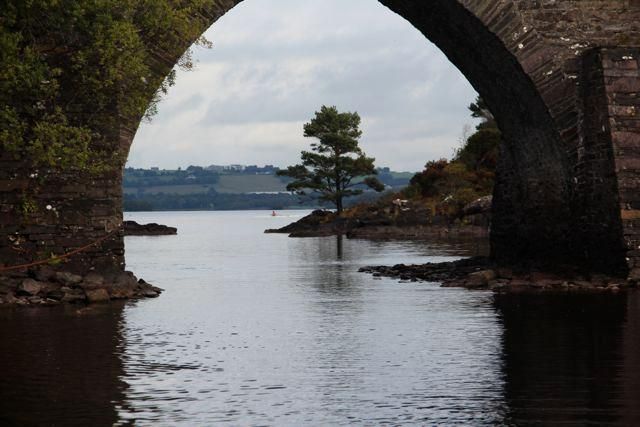
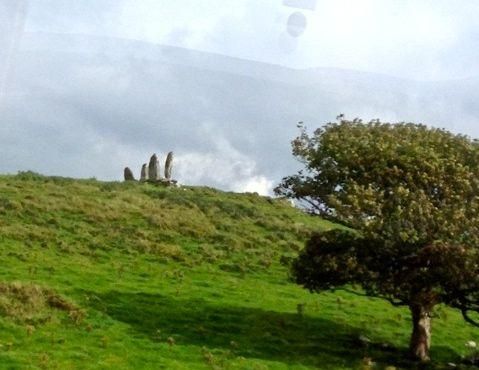
But we veer suddenly from scientific evidence to mythology as we pass the four stone alignment of Eightercua just outside Waterville. In Irish legends, these standing stones mark the burial place of Scéne, wife of the warrior bard Amergin, who led the first people to Ireland and claimed the island through a rosc, or poem of power. The words of this poem were written down in the eleventh-century Lebor Gabála Érenn (The Book of the Taking of Ireland). And in fact, we heard the “Song of Amergin” a couple days ago, outside Galway. This silent place now recalls that music, as we watch the stones against sky point west toward the setting sun of winter solstice, as they have for over three thousand years.
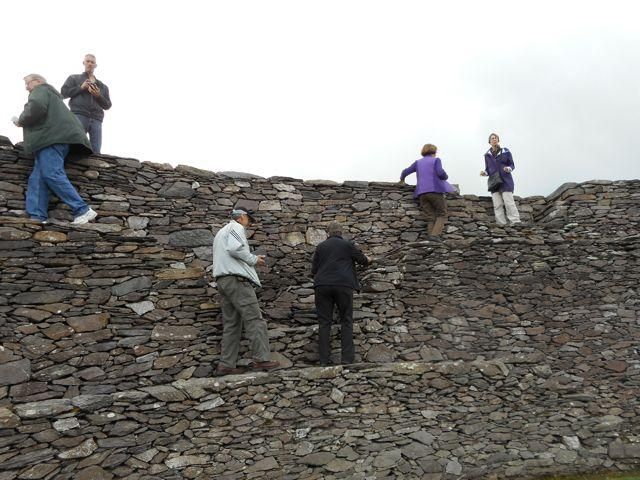
The grandeur of the views and the vastness of the timescales underline the broad sweep of history on the Ring of Kerry. We enjoy a stop at an Iron Age stone fort called Cahergall (meaning “Bright Stone Fort”), climbing its terraced inner walls like school kids to enjoy the views it still commands of the countryside. Someone of stature lived here a thousand years ago, and we talk again about the Iron Age tools, weapons and artifacts that we saw earlier at the National Museum in Dublin to try to reconstruct their material culture. Standing at the top, we can certainly imagine a battle trumpet sounding from these walls.
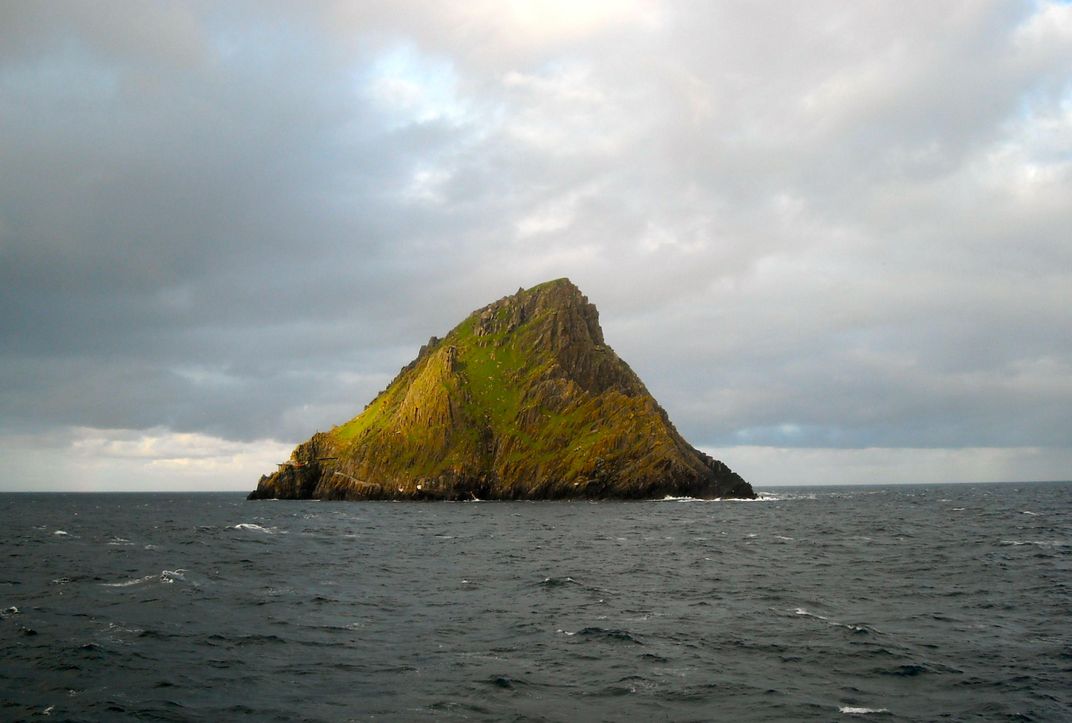
Back on the road, we shift from prehistory to medieval history as we view a sculpture of Saint Brendan in his currach, marking the site from which he is said to have sailed west in the 6th century. Later on, we strain our eyes to make out Skellig Michael some seven miles off the coast where Brendan’s fellow monks sought white martyrdom through prayer and isolation. On the last day of the tour, we’ll see a reconstruction of a clochán, the kind of drystone hut in which the Skellig monks lived, a much safer prospect for us than battling the sea and the six-hundred stone steps that climb the rock to its former windswept community.
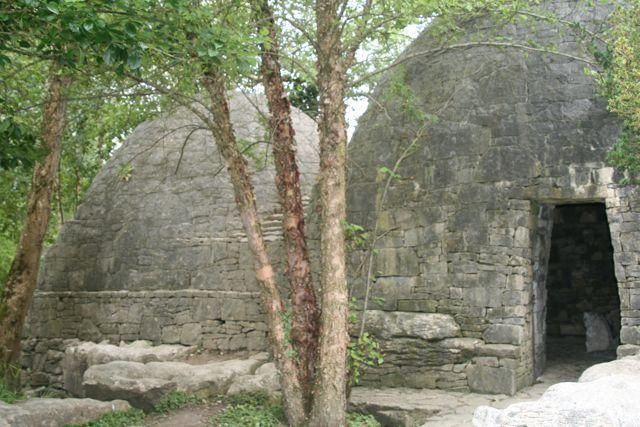
Turning from the lives of those who prayed to those who worked, the Kerry Bog Village at Glenbeigh gives us an opportunity to step back in time, entering thatched cottages warmed by peat fires and furnished as they were centuries ago. Wandering about, we meet bog ponies and Irish wolfhounds. We also learn how peat is cut, dried, stored and burned, and we carry its scent with us into the pub for Irish coffees. Warmed inside and out, we travel down the road to watch Brendan Ferris’s border collies send his sheep up and down the hills, another traditional aspect of rural life in Ireland. It’s a joyful thing to see how much those dogs love their work, and Brendan’s authority over them is quiet and complete.
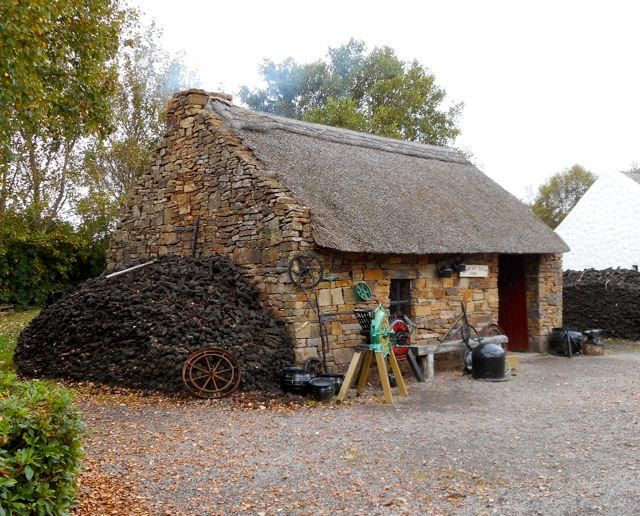
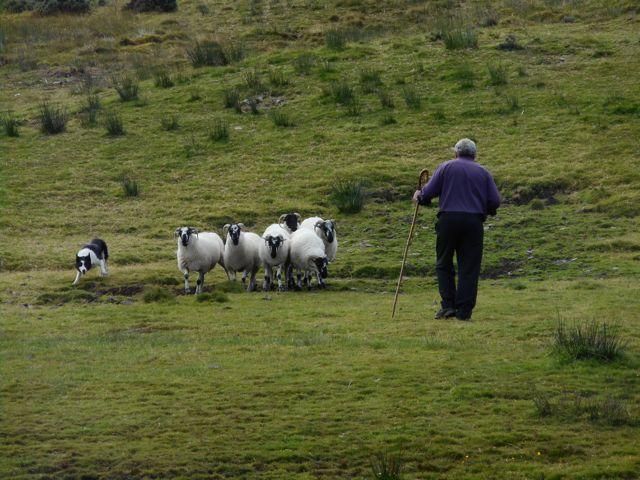
As lovely as the Ring of Kerry is, there’s a poignancy about it too. The contrast in standard of living between Irish Catholics of the countryside and the ruling Anglo-Irish aristocracy was for centuries as vast as the vistas we’re seeing today. Many of the sites and monuments along the Ring of Kerry belong to the story of Ireland’s struggle for social justice and political freedom. Daniel O’Connell’s birthplace, for example, and the church named for him in Cahirciveen prompt discussion of this man known as The Liberator, who fought for the right of Irish Catholics to enter parliament and to repeal the union with Great Britain. Catholic emancipation opened new perspectives for the Irish, but abandoned husks of famine houses remind us of how much they had to endure. The view of another wrecked building, however, evokes for me a sense of grim satisfaction: Glenbeigh Towers. This was a stately home built by the ruthless Lord Headley, a landlord who increased the rent 50% and then evicted tenants for non-payment. Glenbeigh Towers was gutted and burned by the IRA in 1922 as if to say that part of Ireland’s past was finally over. Like the famine houses, it stands as a reminder of darker days, but its shell is filled with wrath more than sorrow.
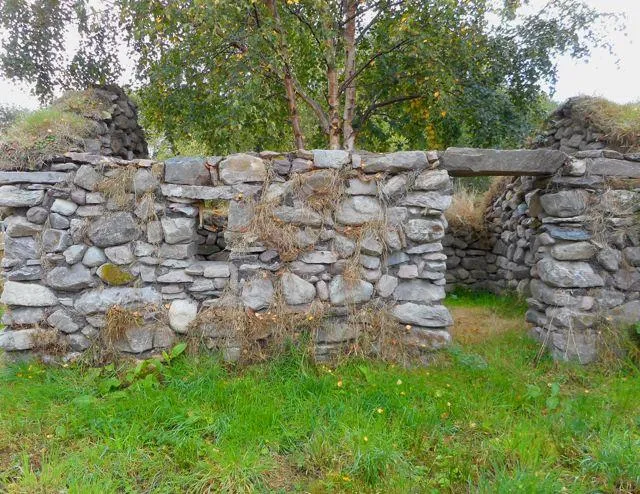
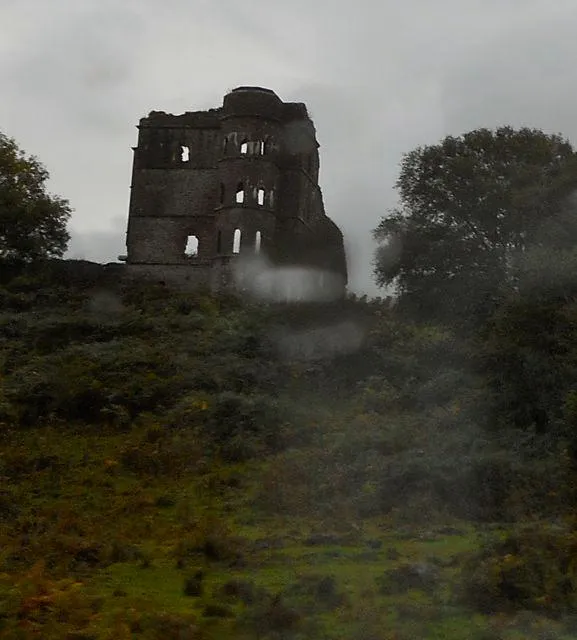
On the other hand, the town of Killarney to which we’re returning now is cheerful, prosperous and filled with music. After this day of sweeping views, vast timeframes and strong emotions, I’m ready to go back. As we enter the town, I say to the others in our group that there are many Ring of Kerry tours. The scenery is always stunning. But this tour is the best. I have a better sense now of why that’s true. It’s because we see and hear and feel so much more of what is underneath the surface of the beauty of the Ring of Kerry. It was a wonderful day. Thank you all for sharing it with us.
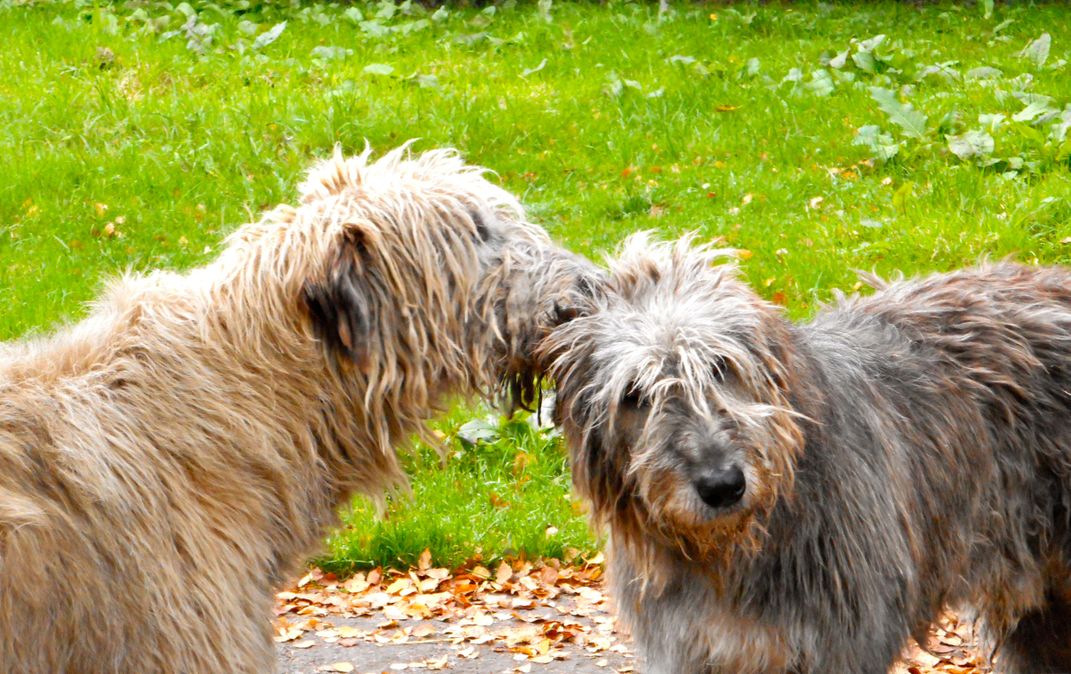
Interested in learning more? Check out our tour of The Emerald Isle!

/https://tf-cmsv2-journeys-media.s3.amazonaws.com/journeys/catalog/cover_image/Mar_24_SJ_Cover.jpg)
 Be the First to Know
Be the First to Know